COMSOL has the best multiphysical simulation capabilities in my experience. Technical support from Elisa at TECHNIC as well as the engineers at COMSOL has been great.
COMSOL is an important part of our research in plasma physics. We use it in the design of plasma systems and it helps us to obtain a greater understanding of the underlying physics. We have always valued the quick support from TECHNIC and COMSOL and it has been a pleasure to work with them.
Comsol has become a valuable part of our design and decision making process. The exceptional flexibility and access to the physics and solvers in Comsol has allowed us to have deeper understanding on thermomechanical solutions. Technic and Comsol have always been quick and helpful to resolve any issues and provide helpful advice on their products.
At Scion we use COMSOL Multiphysics to understand energy processes, such as the interplay of non-linear solid mechanics and heat & mass transfer during biomass compaction, to design new or more efficient processes.
We use COMSOL Multiphysics to design the customised muffler. With it, we can simulate the insertion loss at different spectrum with different muffler designs.
The COMSOL Multiphysics® software features the Model Builder, which helps you go from geometry to simulation results in an easy-to-follow workflow. Regardless of engineering application or physics phenomena, the user interface always looks the same and the Model Builder is there to guide you.
Explore the features and functionality of the Model Builder in more detail by expanding the sections below.
1 Requires the Design Module
2 The corresponding 3D operations require the Design Module
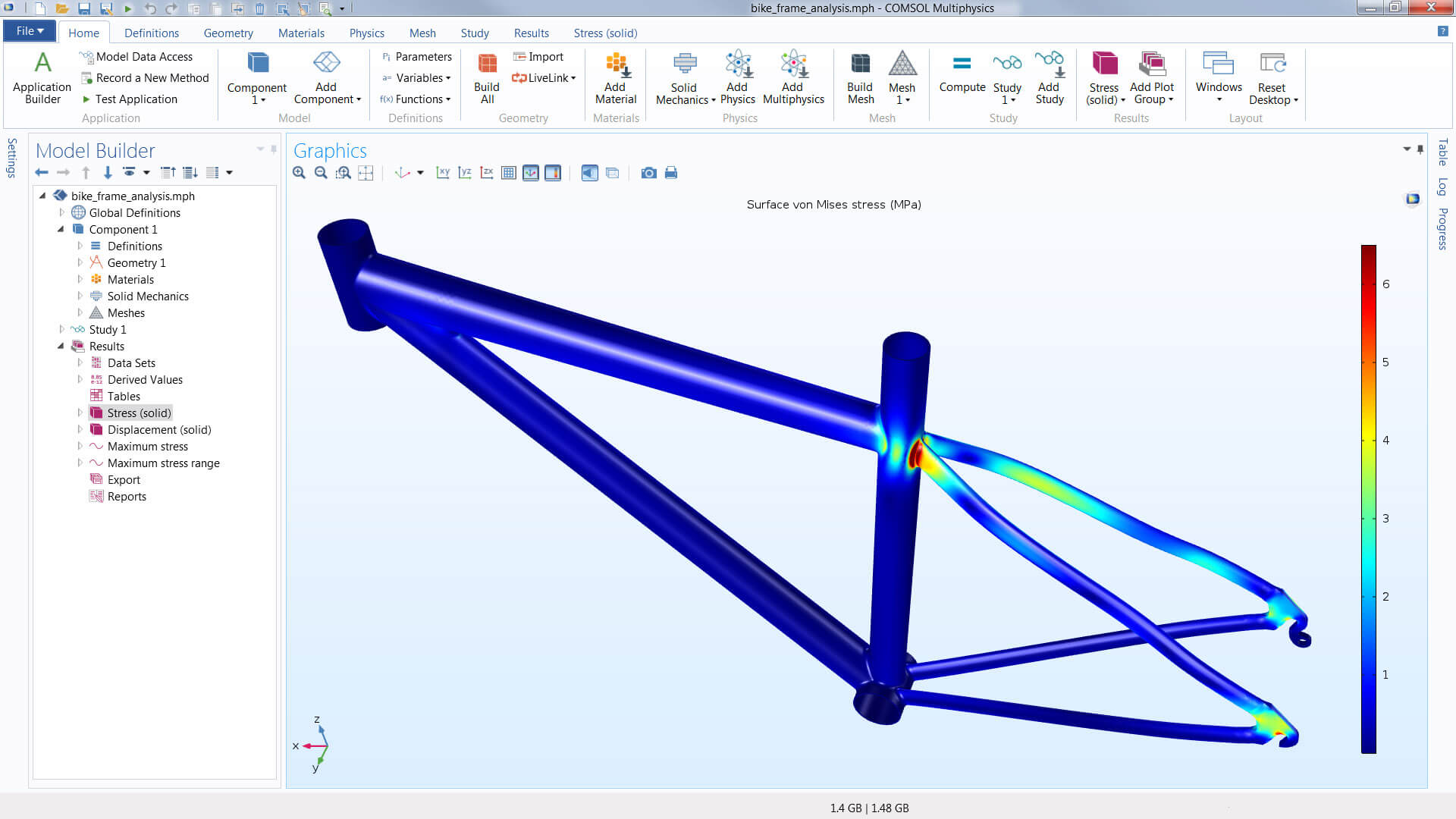
Physics interfaces
Materials
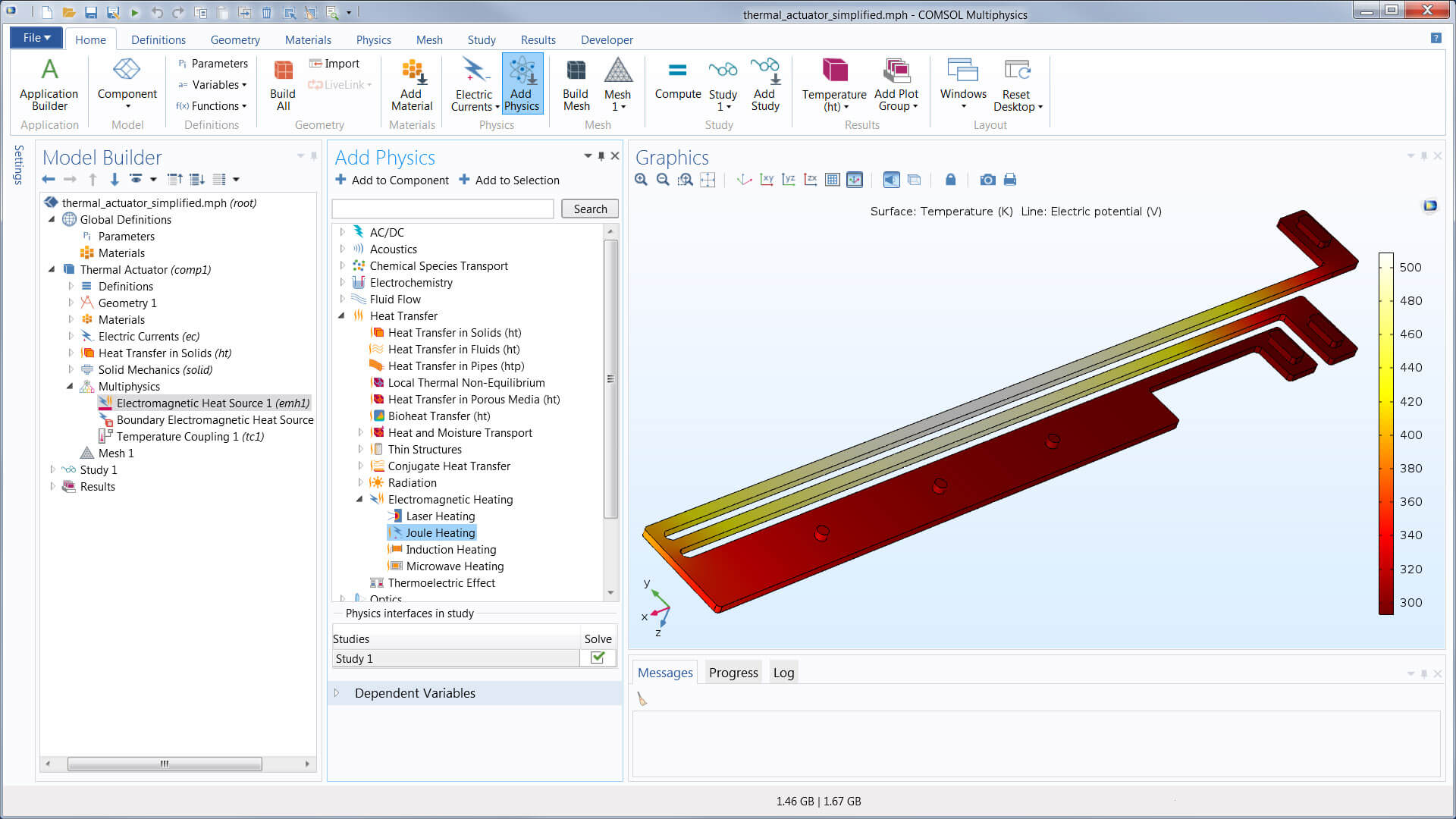
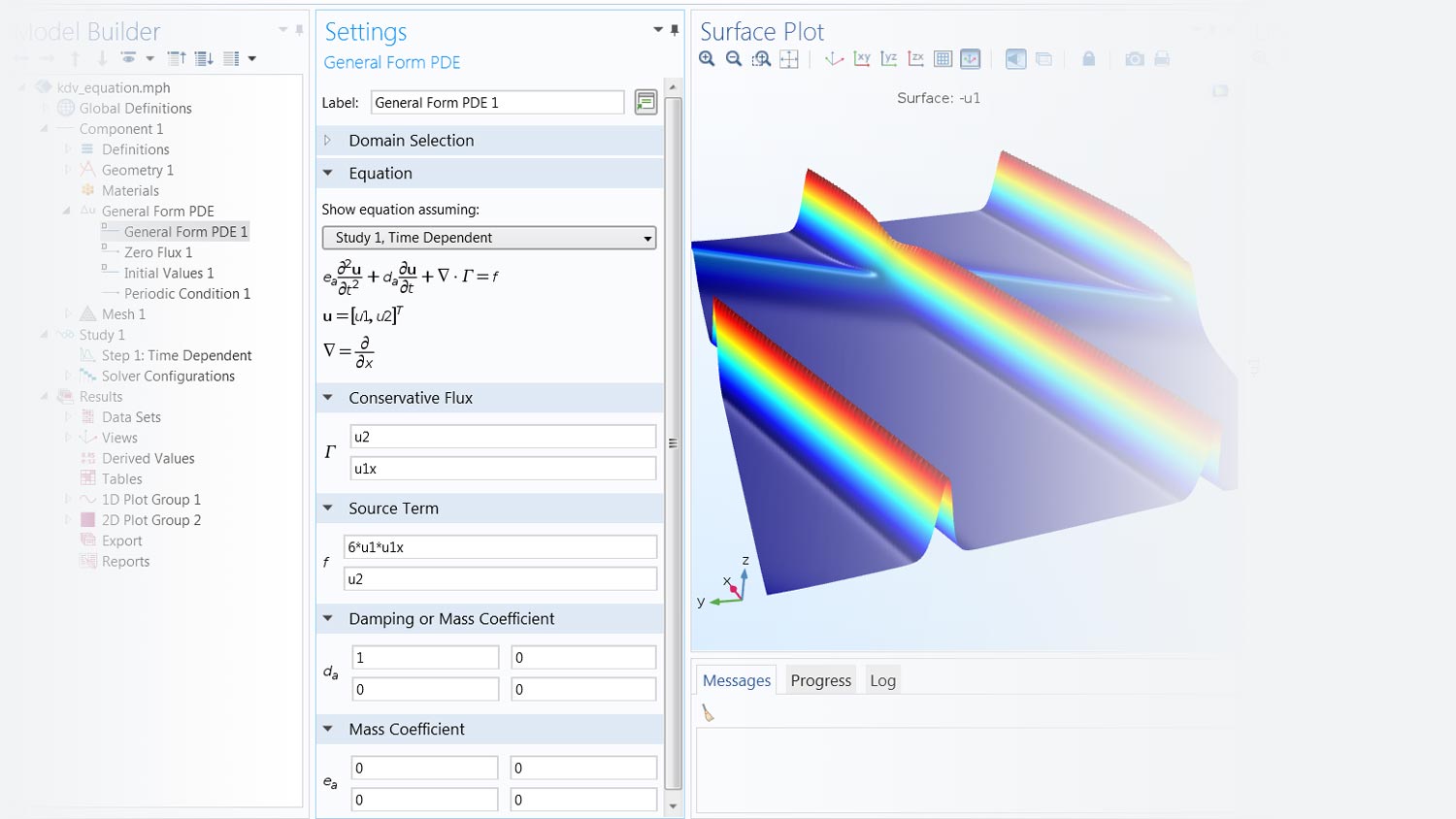
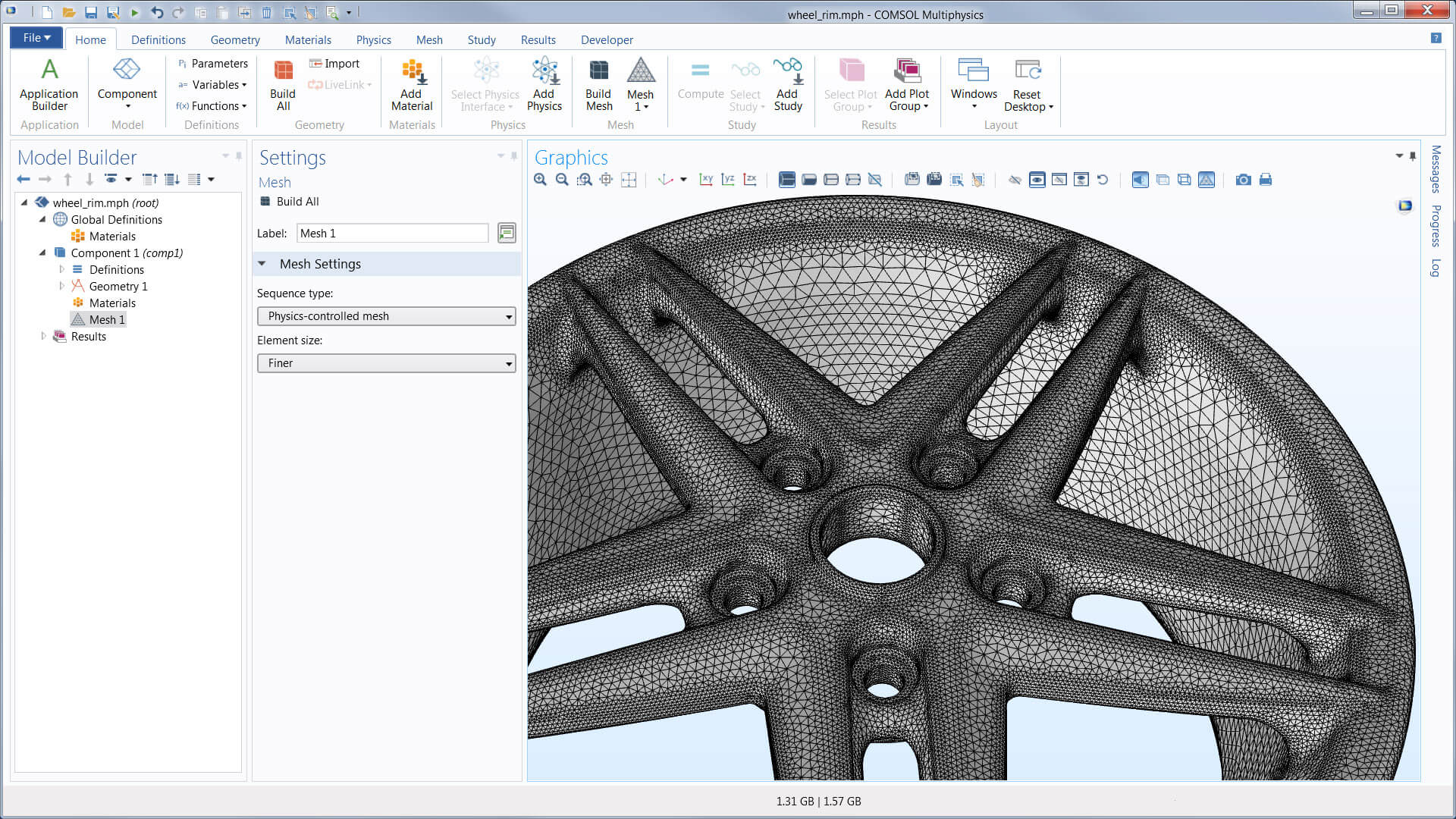
Any study step can be run with a parametric sweep, which can include one or multiple parameters in a model, from geometry parameters to settings in the physics definitions. Sweeps can also be performed using different materials and their defined properties, as well as over lists of defined functions.
Optimisation studies, using the Optimisation Module, can be performed for topology optimisation, shape optimisation, or parameter estimations based on a multiphysics model. COMSOL Multiphysics® offers both gradient-free and gradient-based methods for optimisation. For parameter estimation, least-squares formulations and general optimisation problem formulations are available. Built-in sensitivity studies are also available, where they compute the sensitivity of an objective function with respect to any parameter in the model.
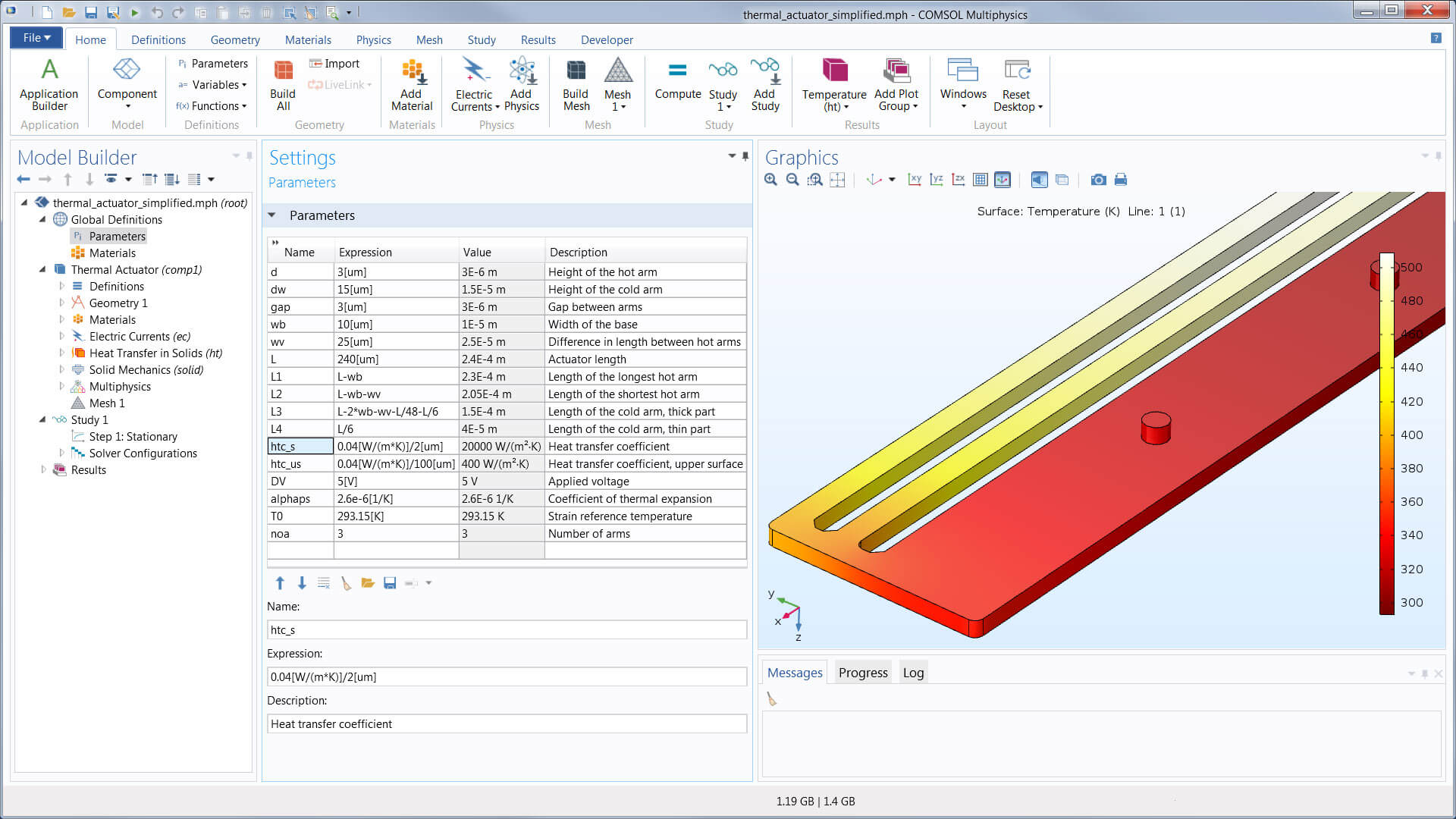
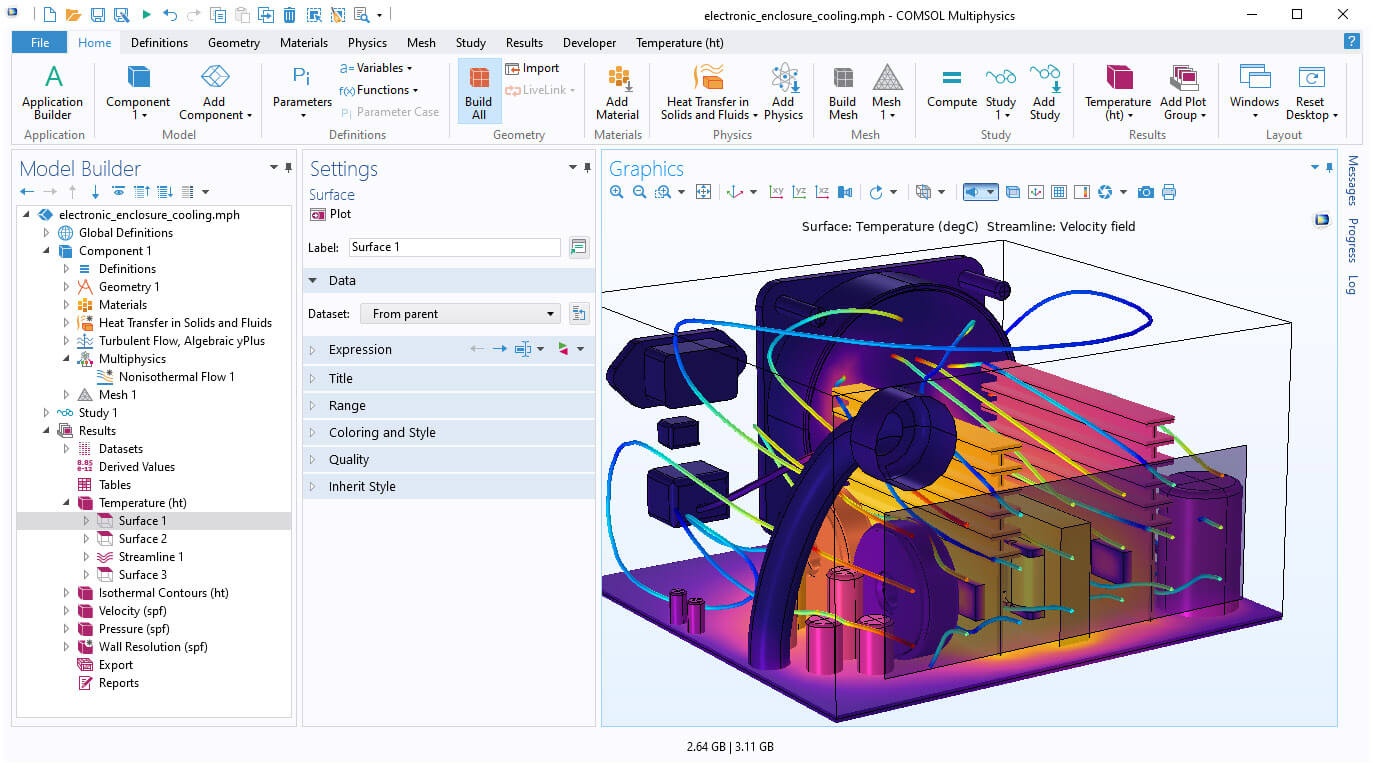
Show off your results to the world. COMSOL Multiphysics® sports powerful visualisation and postprocessing tools so that you can present your results in a meaningful and polished manner. You can use the built-in tools or expand your visualisations with derived physical quantities by entering mathematical expressions into the software. Therefore, you can visualise just about any quantity of interest related to your simulation results in COMSOL Multiphysics®.
Visualisation capabilities include surface, slice, isosurface, cut plane, arrow, and streamline plots, to name just a few plot types. A range of numerical postprocessing tools are available for evaluation of expressions, such as integrals and derivatives. You can compute the max, min, average, and integrated values of any quantity or derived quantities throughout volumes, on surfaces, along curved edges, and at points. Postprocessing tools specific to certain areas of engineering and science have also been included in many of the physics-based modules.
You can export data and process it via third-party tools. Numerical results can be exported to text files on the .txt, .dat, and .csv formats as well as to the unstructured VTK format. With LiveLink™ for Excel®, results can be exported to the Microsoft®Excel® spreadsheet software file format (.xlsx). Images can be exported to several common image formats, as well as the glTF™ file format for exporting 3D scenes. Animations can be exported in the WebM format and as animated GIF, Adobe®Flash® technology, or AVI files. Reports summarising the entire simulation project can be exported to HTML (.htm, .html) or Microsoft® Word® software format (.doc).
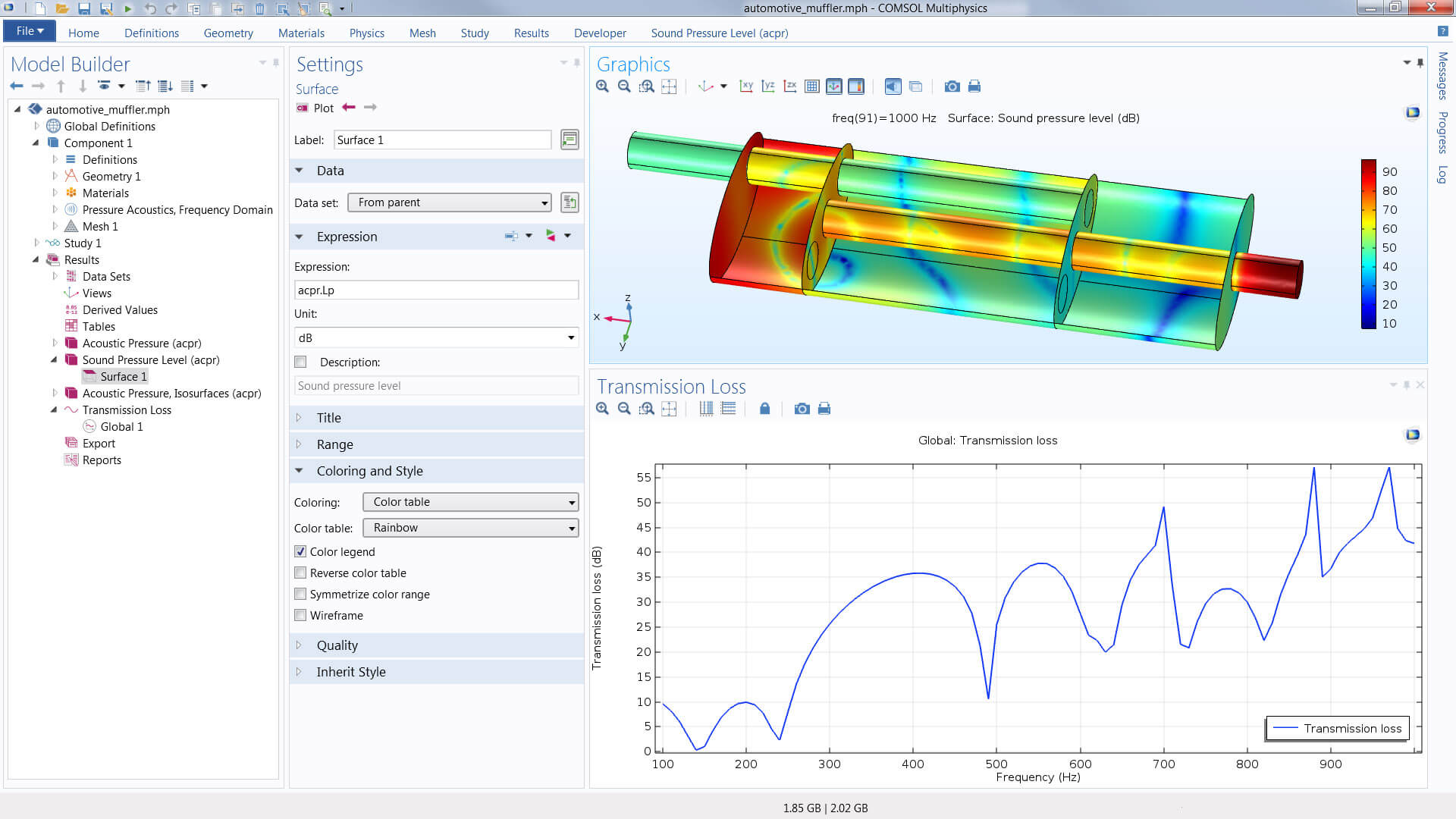
In order to fully evaluate whether or not the COMSOL Multiphysics® software will meet your requirements, you need to contact us. By talking to one of our sales representatives, you will get personalised recommendations and fully documented examples to help you get the most out of your evaluation and guide you to choose the best license option to suit your needs.
Fill in your contact details and any specific comments or questions, and submit. You will receive a response from a sales representative within one business day.